Search Results for : pi zero
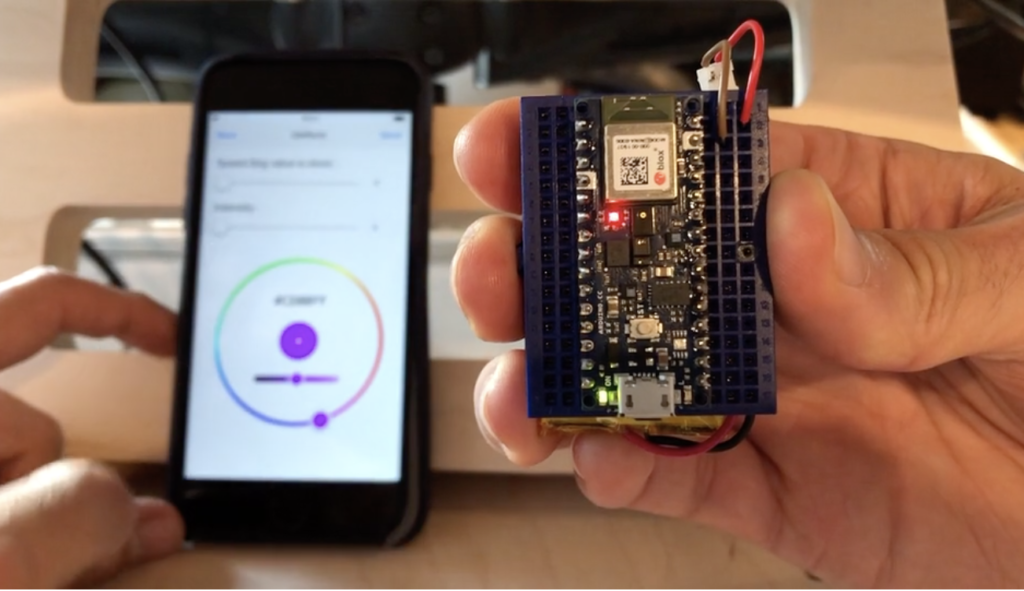
Chirp for Arduino – Send Data Over the Air with Sound
With IoT expanding, developers are begining to desire more communication options to facilitate the exploration of diverse IoT possibilities. This was one of the reasons why the announcement of partnership between Chirp and Arduino was received with so much enthusiasm by the makers....
Continue Reading
Frequency Response of Amplifiers
Introduction As such for any electronic circuit, the behavior of amplifiers is affected by the frequency of the signal on their input terminal. This characteristic is known as the frequency response. Frequency response is one of the most important property of amplifiers. In the...
Continue Reading
DIY Geiger Counter With an ESP8266 and a Touchscreen
Several of our past tutorials looked at the possibility of building the hobbyist version of several important tools and equipment used by different categories of makers. We have explored how to build the DIY/Hobbyist versions of seemingly easy tools like a voltmeter to more complex and...
Continue Reading
UltraSoC announces next-generation hardware-based cybersecurity products
UltraSoC today announced next-generation hardware-based cybersecurity products that can be used to detect, block and record cyber-attacks in a broad range of applications – from vehicles and factory robots to consumer devices. Embedded monitors detect, block and record attacks,...
Continue Reading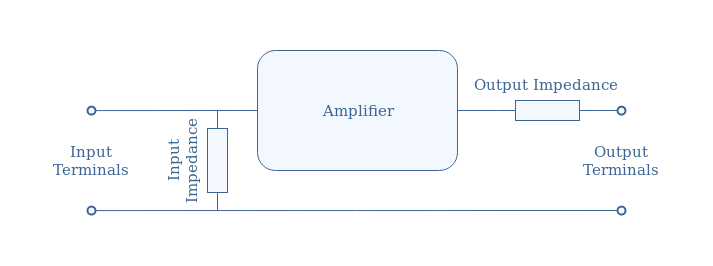
Input and Output Impedances of Amplifiers
Introduction In a very simplified point of view, an amplifier consists of a "box" that realizes an amplification function between an input signal and an output signal. The way that the input enters the system and the output leaves it is very important and affects the general behavior of...
Continue Reading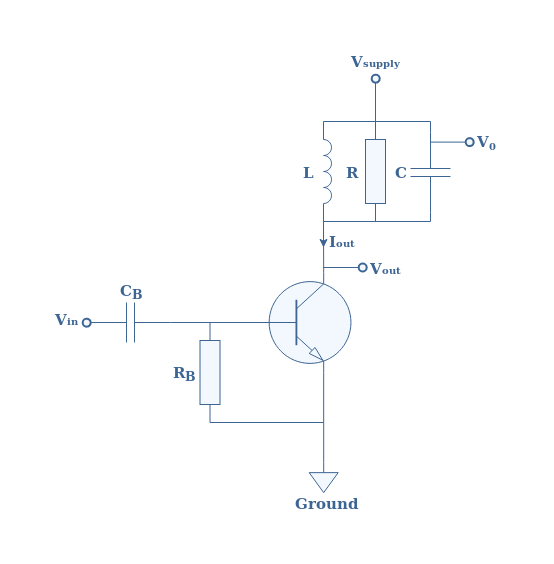
Class C Amplifiers
Introduction Despite their differences, we have seen in the previous tutorials about class A, class B and class AB amplifiers, that these three classes are linear or partially linear since they reproduce the shape of the signal during the amplification process. This is due to the fact...
Continue Reading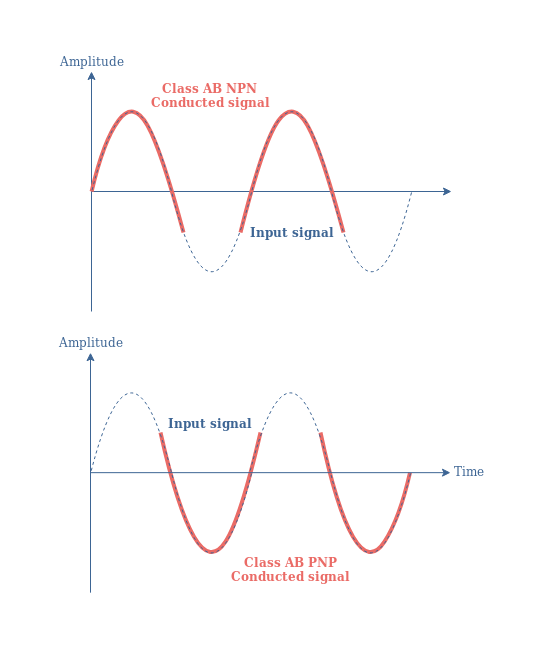
Class AB Amplifiers
Introduction Class A amplifiers offer a very good linearity of the output, meaning that the signal is faithfully reproduced, however their efficiency is very low, around 20-30 % in most of the cases. On the other hand, class B amplifiers present a very high efficiency up to 78.5 % but...
Continue Reading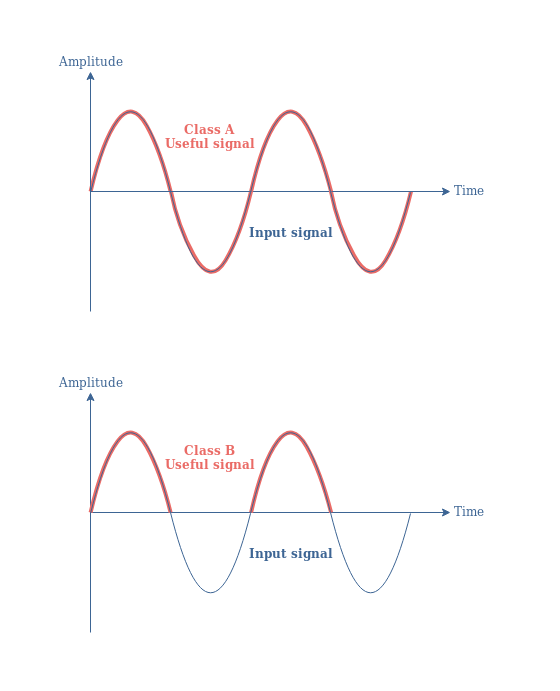
Class B Amplifiers
Introduction We have seen during the previous tutorial that Class A amplifiers are characterized by a conduction angle of 360° and a theoretical maximum efficiency of 50 %. In this new tutorial, we will present in detail another class of amplifiers known as Class B that have been...
Continue Reading










